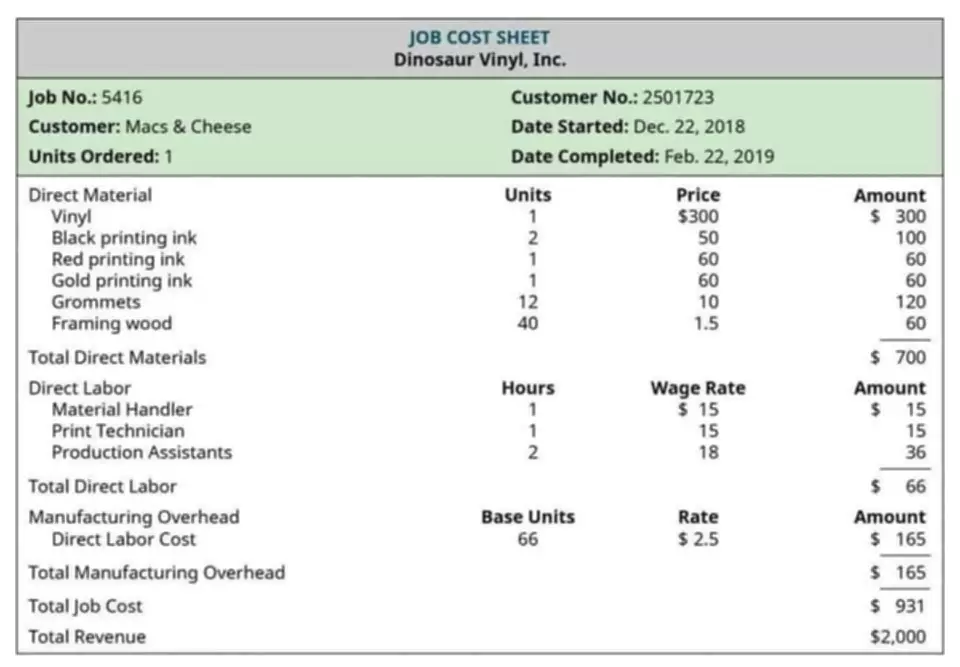Content

Medicare contributions and Social Security payments are calculated on the difference after these deductions are taken from the gross salary amount. However, if the employee makes after-tax contributions to a retirement account, the employer applies taxes to the employee’s gross pay and then subtracts the retirement contributions from that amount. The difference between the total revenues https://www.bookstime.com/ and the business expenses and deductions is the taxable income, on which taxes will be due. The difference between the business’s income and the income tax due is the after-tax income. Many states, as well as some cities and counties, have their own income taxes. States that have a state income tax require that you file a separate state tax return, as they have their own rules.
How do I calculate my earnings after tax?
Earnings after tax (EAT) is the measure of a company's net profitability. It is calculated by subtracting all expenses and income taxes from the revenues the business has earned. For this reason EAT is often referred to as “the bottom line.”
In California, individuals must pay federal income taxes of 14.13% and state income taxes of 5.43%. Employees must pay 8.65% in federal insurance contributions , which contribute to services such as social security, Medicare, and unemployment insurance. Post-tax deductions are taken from an employee’s what is after tax income paycheck after all required taxes have been withheld. Since post-tax deductions reduce net pay, rather than gross pay, they don’t lower the individual’s overall tax burden. Common examples include Roth IRA retirement plans, disability insurance, union dues, donations to charity and wage garnishments.
After-Tax Deduction
For example, the IRS may offer a short-term extension or temporarily delay collection. You may also have the option to pay your remaining bill over multiple installments. You will likely still pay any interest charges on overdue balances, but in some cases, the IRS may even waive penalties or fees. Again, you should call the agency at the number above to discuss your options. The American Opportunity Tax Credit is a partially refundable credit of up to $2,500 per year for enrollment fees, tuition, course materials and other qualified expenses for your first four years of post-secondary education.
If the standard deduction is larger than the sum of your itemized deductions , you’ll receive the standard deduction. Many taxpayers claim the standard deduction, which varies depending on filing status, as shown in the table below. A financial advisor can help you understand how taxes fit into your overall financial goals. SmartAsset’s free tool matches you with up to three financial advisors who serve your area, and you can interview your advisor matches at no cost to decide which one is right for you. If you’re ready to find an advisor who can help you achieve your financial goals, get started now.
More Definitions of Net Income After Tax
Non-Stepped Up Tax Basis means, with respect to any Reference Asset at any time, the Tax basis that such asset would have had at such time if no Basis Adjustments had been made. Net After-Tax Basis means, with respect to the Payments, either with or without reduction under subsection , the amount that would be retained by the Executive from such Payments after the payment of all Taxes. Human Resources does not provide tax advice or consultation, any questions about your individual situation should be directed to a tax advisor or the Internal Revenue Service . They therefore decide to save more out of a larger after-tax income,13 in order to smooth their consumption.
There’s No Such Thing as Pretax Income—Yes, You Read That Right – Bloomberg Tax
There’s No Such Thing as Pretax Income—Yes, You Read That Right.
Posted: Tue, 29 Nov 2022 09:48:46 GMT [source]
Investopedia requires writers to use primary sources to support their work. These include white papers, government data, original reporting, and interviews with industry experts. We also reference original research from other reputable publishers where appropriate. You can learn more about the standards we follow in producing accurate, unbiased content in oureditorial policy.
After-Tax Income on a Paycheck Basis
If you paid no taxes during the year and owe no taxes, but are eligible for one or more refundable tax credits, you will also receive a refund equal to the refundable amount of the credits. There may be additional restrictions at the state level on withholding income to cover uniforms, cash register shortages and job-related expenses.
- Independent contractors, unlike W-2 employees, will not have any federal tax deducted from their pay.
- That is because the value of a dollar immediately deducted under a policy of full expensing is worth more to a business than the value of a dollar deducted for depreciation in a later year.
- You can submit Form SS-8, Determination of Worker Status for Purposes of Federal Employment Taxes and Income Tax Withholding to the IRS for further assistance.
- In actuality, however, employees are not paying for their health coverage directly, but are reimbursing their employer, who submits payment to the health insurance provider.
- You may also have the option to pay your remaining bill over multiple installments.
The amount of pre-tax income you earn in a year will affect the amount of taxes you owe. The impact of pre-tax deductions for insurance premiums and Flexible Spending Accounts on your retirement plan depends on whether you are enrolled in the DCP or PERA. To put it simply, after-tax income is essentially total income minus total taxes. For corporations, the after-tax income allows for a more accurate projection of cash flows because it provides a true indicator of the cash available for spending. Itemizing deductions allows some taxpayers to reduce their taxable income, and thus their taxes, by more than if they used the standard deduction. You have two tax-advantaged ways to save in the DCP—Pre-tax and After-tax . Pre-tax contributions are made to your DCP account before taxes and are therefore deducted from your paycheck.
Some charge a fixed rate against all income, others have multiple tax brackets and a few charge no income tax at all. Still others follow the federal tax code instead of creating their own. For these reasons, you should consult with all the state governments you operate in to make sure your payroll complies with local regulations.
- Post-tax LTD deductions, on the other hand, result in employees receiving slightly less take home pay each pay period, but their benefits aren’t subject to any further tax if they use them.
- First, we calculate your adjusted gross income by taking your total household income and reducing it by certain items such as contributions to your 401.
- Knowing when and how to make payroll deductions isn’t always easy and mistakes can be costly.
- Although the concept of after-tax income seems straightforward, the term can be used in different ways to mean different things.
- ©iStock.com/PgiamUnlike adjustments and deductions, which apply to your income, tax credits apply to your tax liability, which means the amount of tax that you owe.
- Pretax contributions can save them considerable money compared to what they would pay for benefits and other services post-tax.





















